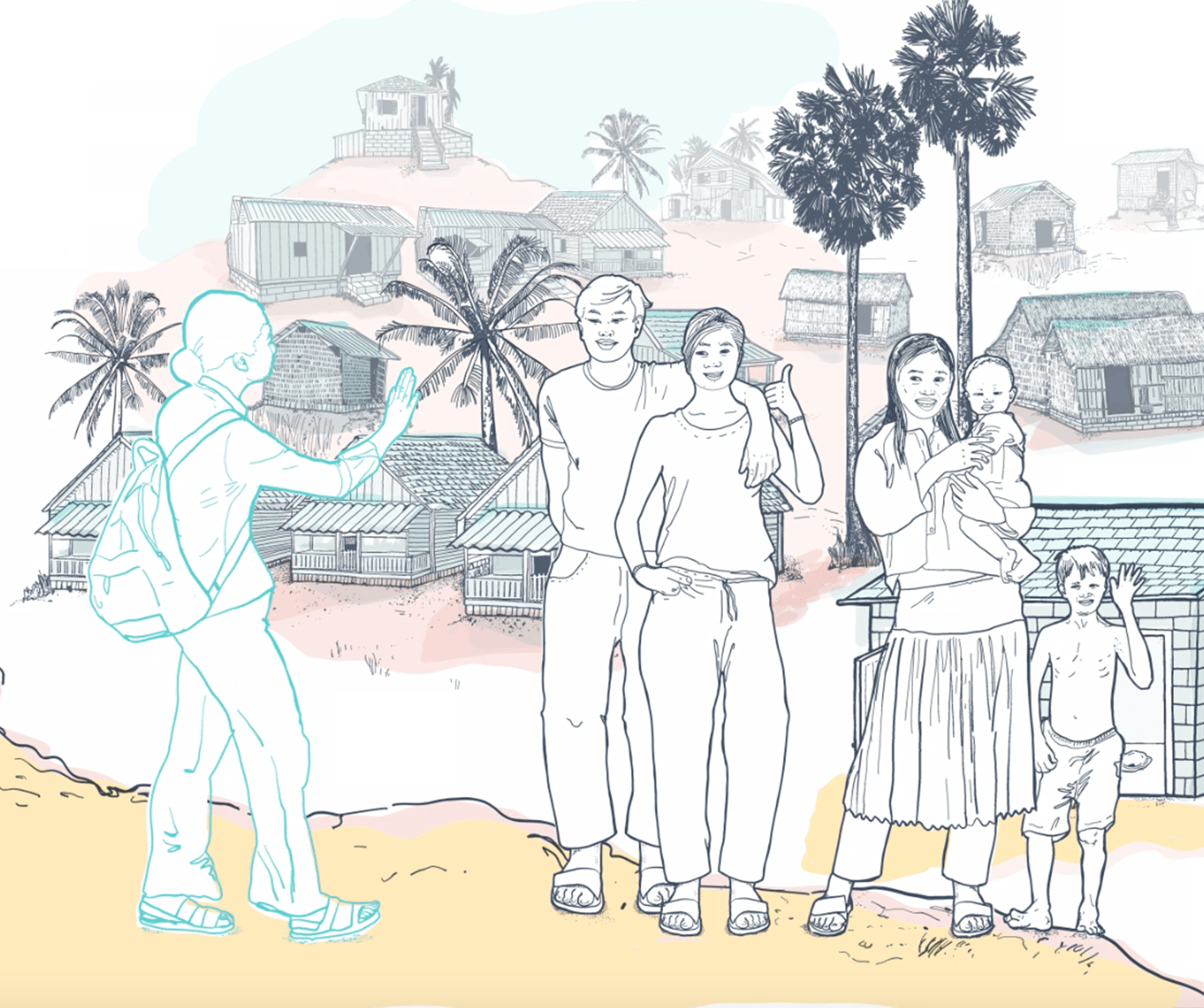The growth of peri-urban areas of urban cities is seen along the periphery of cities, along highways, roads connecting a city. These areas lack basic amenities like treated water supply, sanitation/sewerage system, primary health centre, etc. as planners were unable to visualise such growth during planning, policy and decision-making.
Such growth results in loss of agricultural land, open space and ecologically sensitive habitats in and around urban areas due to lack of integrated and holistic approaches in regional planning. In developing countries, where urbanisation rates are high, the growth rate of peri-urban areas is also higher.
In the densely populated peri-urban neighbourhoods in India – like elsewhere in the developing countries – domestic liquid wastes are disposed of in latrines or septic tanks. The lack of adequate periurban sanitation provision has grave environmental consequences that indirectly jeopardise human health.
The inadequate disposal of human waste contaminates surface and groundwater with organic compounds, nutrients and solids. The waste water joining nearby water sources causes pollution by depletion of oxygen and loss of the aquatic organisms. Ultimately, it makes the water body dead by eutrophication process.
Increase in infant mortality rate and spreading of epidemic diseases can be observed in peri-urban areas due to faecal contamination. This calls for thinking on provision of sanitation services and innovative solutions. In view of the above facts, this review presents the current scenario of sanitation in peri-urban areas of developing countries.






